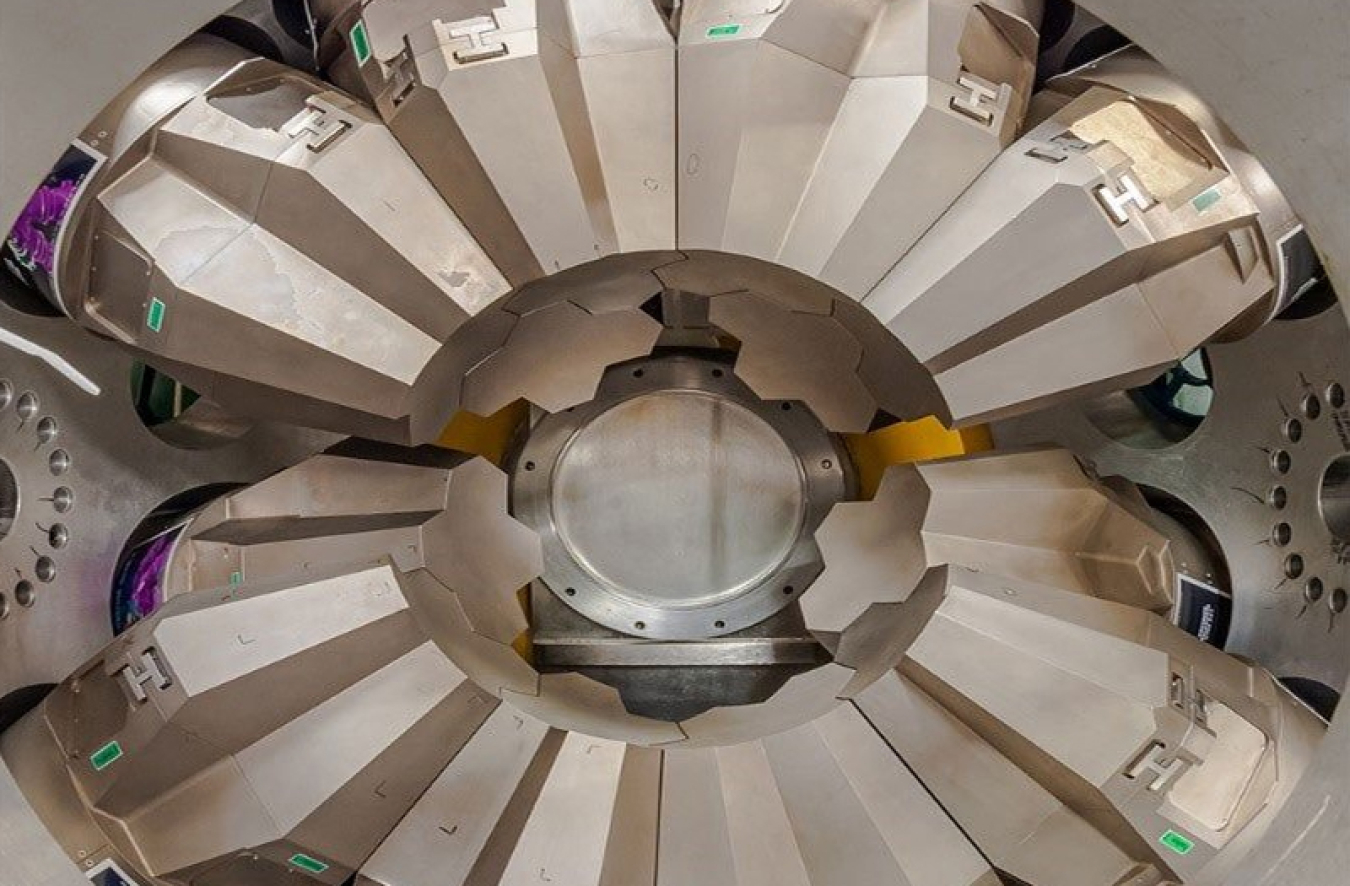Scientists at Michigan State University are studying unique energy levels in rare nuclei.
September 14, 2023
They don’t feel emotions, but nuclei can get excited. In fact, adding energy to a nucleus excites it. Nuclei are in the center of every atom. They’re made up of positive protons and neutral neutrons. When additional energy excites a nucleus, it assumes a discrete energy level. Each of these energy levels are specific to a particular type of nucleus – no two are the same. Examining these energy levels is very useful to nuclear physicists. It helps them understand the shape and the arrangement of the nuclei’s internal structure.
Nuclear physicists are particularly interested in exotic nuclei. Unlike nuclei in most atoms, exotic nuclei are unstable. They only last for a fraction of a second. Scientists usually create these exotic nuclei by using particle accelerators to shoot beams of nuclei at very high energy at targets. While physicists would like to measure the energy levels of exotic nuclei, it’s quite hard to do so.
A team of researchers from Michigan State University, Washington University in St. Louis, the Department of Energy’s Argonne National Laboratory, and the University of Surrey in the U.K. developed a new way to populate certain excited energy states in exotic nuclei. These states had previously seemed out of reach. The scientists performed the experiment at the National Superconducting Cyclotron Laboratory, which was a cyclotron-based particle accelerator at Michigan State University formerly operated as a National Science Foundation user facility. With it, they smashed a beam of calcium-38 into a target made of beryllium-9. The beam was travelling at 30 percent the speed of light! They then used the GRETINA gamma-ray spectrometer to deduce the energy levels of the nuclei.
What they found surprised them. Any time an experiment has a different result than expected, scientists want to check it out. They could only explain what they saw if multiple neutrons and protons moved together to higher energy levels.
This approach provides nuclear physicists with a new tool to understand exotic nuclei. In the past, scientists have had trouble observing these types of energy states in experiments that use very bright, fast beams.
Currently, this approach is very useful at the Facility for Rare Isotope Beams (FRIB) at Michigan State University, the newest DOE Office of Science user facility. FRIB includes one of the world’s most powerful accelerators that can accelerate heavy ions (heavy elements with electrons stripped off of them). Scientists are using the FRIB to study rare and exotic nuclei, which could lead to discoveries in nuclear medicine and nuclear physics.
Shannon Brescher Shea

Shannon Brescher Shea (shannon.shea@science.doe.gov) is the social media manager and senior writer/editor in the Office of Science’s Office of Communications and Public Affairs. She writes and curates content for the Office of Science’s Twitter and LinkedIn accounts as well as contributes to the Department of Energy’s overall social media accounts. In addition, she writes and edits feature stories covering the Office of Science’s discovery research and manages the Science Public Outreach Community (SPOC). Previously, she was a communications specialist in the Vehicle Technologies Office in the Office of Energy Efficiency and Renewable Energy. She began at the Energy Department in 2008 as a Presidential Management Fellow. In her free time, she enjoys bicycling, gardening, writing, volunteering, and parenting two awesome kids.


